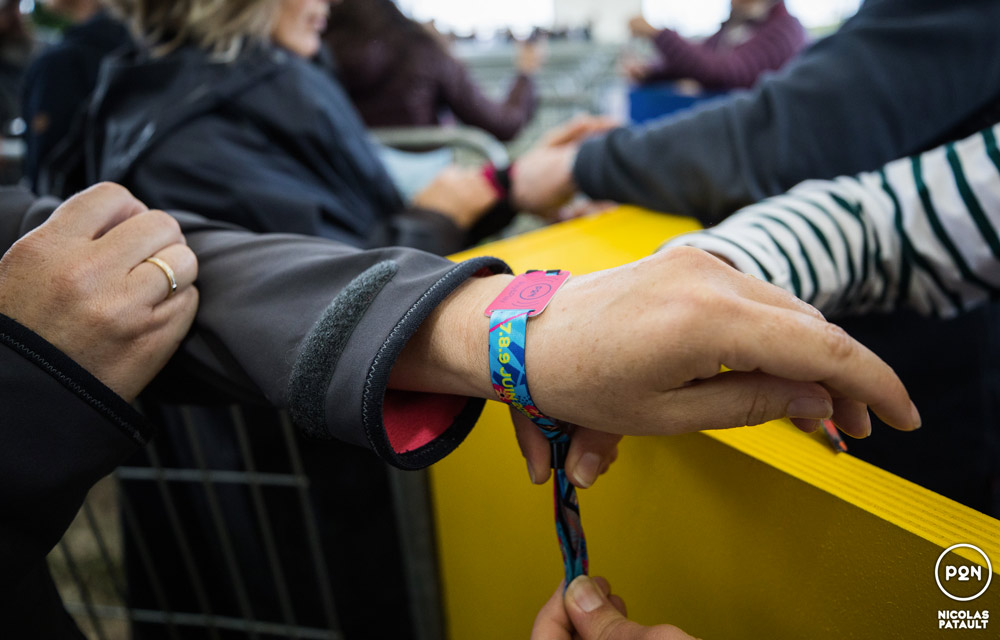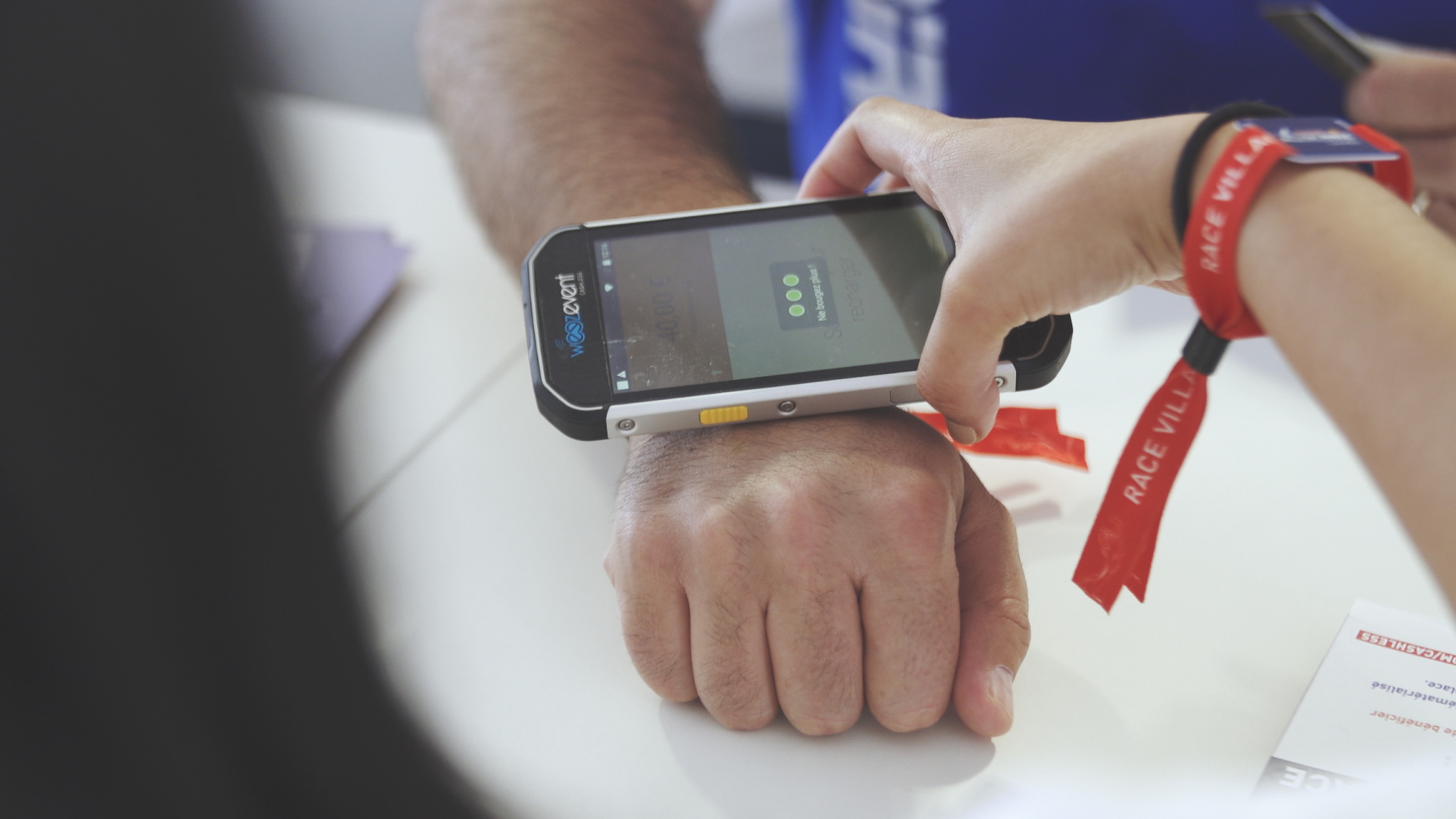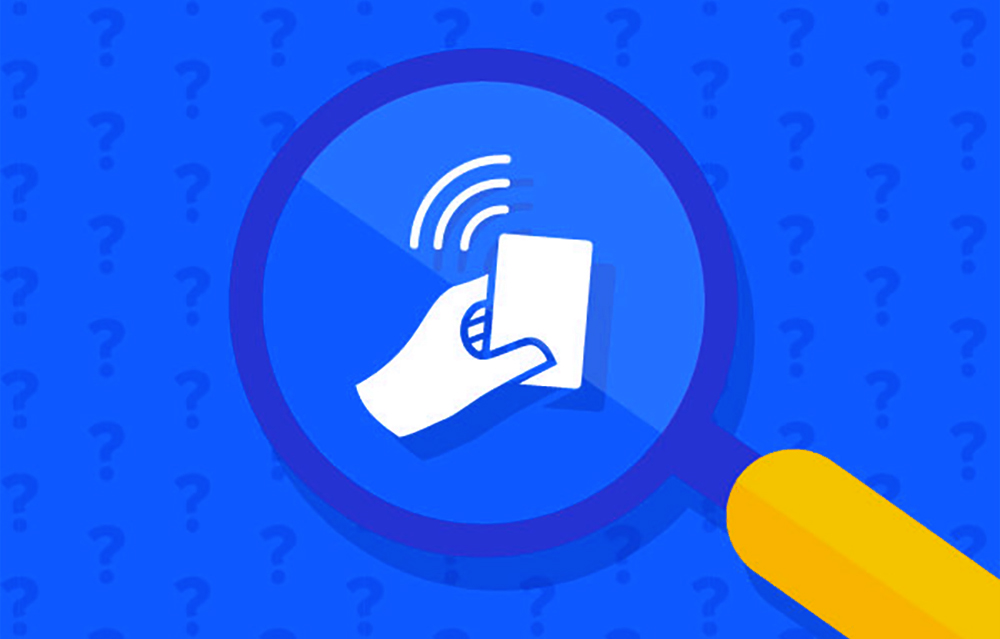Beyond personal views, before launching a cashless project it is important to run an analysis and measure the value of the project. Running a cost-benefit analysis allows to have a sense of the impact of such a project before making a decision, but also to assess the outcome after implementation and therefore check if the previously set goals have been reached. As you can imagine, performing this analysis beforehand is critical, but running it at the end of the event – as well as yearly – will also prove very beneficial.
Each organisation, each cashless project is unique, however we have identified a number of recurring elements impacted by the introduction of such a system. It is up to each promoter to assess them in light of the specificities of their own event. Some indicators can be measured such as increase in the average shopping cart, others less so, such as customer satisfaction. We have run analyses using data collected from 200 events over the past 3 years.
This analysis shows a profitability increase ranging between x1.5 and x3.
COSTS
We have identified three main sources of expenses that can be measured and tracked. We have otherwise listed three indirect expenses you may need to take into account, depending on your organisation.
1. TECHNICAL SOLUTION
On average, this represents 5% of on-site revenue.
The solution cost includes the software, project management, device rental, the fieldwork team, etc.
2. NFC DEVICE
On average, each NFC device will cost between £0.40 and £1 (depending on volume and type of device). The choice of the type of device rests with the organisation (a topic we will address later on this blog). The card remains the cheapest solution, particularly for low order numbers. It is generally advised to order enough NFC devices to provision for 60% of the audience. Opting for the wristband allows to combine cashless payment system and access control in one device per attendee.
3. INDIRECT COSTS
Some indirect costs should be considered for a thorough analysis:
- Processing fees (collection/refunds): These fees are evidently highly correlated to the share of online top-ups. However, online collection fees are mostly replacing those of traditional payment terminal fees.
- Cost of the banking kiosks on site: If the event manager had not already implemented a token system, this new system represents new human and operational expenses to take into account. This cost is inversely related to the share of online top-ups (before and during the event). Some event managers manage to exceed a 60% share of online top-ups, which tends to reduce by that much the costs related to the implementation of the physical top-up kiosks.
- Cost of implementing network coverage: It is convenient to make Internet network available on the entire location, particularly to be able to track the activity in real time and to allow for online top-ups throughout the event. This expense can therefore be perceived as an investment leading to a larger volume of online top-ups, and thus a smoother cashless experience.
BENEFITS
We have identified four main benefits that we can effectively and consistently measure. Furthermore, we have listed some indirect benefits that could be interesting to consider for a thorough analysis.
1. REVENUE INCREASE
On average, we have seen a 5% revenue increase.
Cashless sets a favourable landscape for purchase: online top-up (fewer stops at the bank), decrease in the time to order (instant transaction, no more maths to be done by the staff), less fraud… Conservatively we have retained a 5% rate. However, some festivals have reported that their average daily shopping cart had increased by over 20%.
This metric remains difficult to measure considering the high number of external factors changing year on year: weather, line-up, change in prices, etc.
2. OUTSTANDING BALANCE
On average, this represents 6% of the revenue, i.e. £2 per attendee
Unlike most token systems, cashless allows to refund any outstanding balance which is very convenient for the users, who in turn have fewer hesitation to top-up. At the close of the gates, this amount can represent up to 25% of the event’s revenue; and at the end of the refund period it amounts to around 6% as some users do not make any request for a refund or choose to donate the remaining balance to the event managers to help them develop the event. It should be noted that this percentage is three times the usual remaining amount in a token system where, due to a lack of refund system, purchase of credit is much more calculated and thought about.
3. POLICY ON FEES
On average, this represents 2% of revenue.
Beyond the obvious benefits, managers have the opportunity to apply a fee policy for the public to contribute to financing the system, similarly to a deposit on cups/Ecocups for instance. Effectively, 90% of events apply fees on the sale of devices or account activation. These fees are usually set at £1.
4. INDIRECT BENEFITS
List of indirect benefits or positive impacts for a thorough analysis:
- Decrease in fraud: It is one of the indirect financial gains related to the implementation of a cashless system. Using cash requires higher security measures to limit losses and/or theft. Example of fraudulent scenario: handing back higher amount of cash/tokens with the help of an accomplice among the audience. Additionally, the cash has to be kept safe, with one central location requiring protection on site and a customised tracking of transactions.
- Reduced leakage: Organisations have reported a better loss-purchase ratio. Conservatively we have indicated here a 1% impact on revenue. This phenomenon is partly explained by the accountability of each bartender, who now have to input each order in a point of sale system. Some events leave the option for bartenders to offer drinks should they wish to do so by swiping their vendor card. Outcome: bad habits are becoming few and far between.
- Display of sponsors on the new device: The device provides a location to sell to sponsors. Furthermore, cashless is strongly linked to alternative and innovative payment methods, which is attractive to traditional banking partners or more disruptive players (PayPal, PayLib, LytPay, etc.) but also to mobile operators and millenial-type brands (Deezer, Spotify, BlaBlacar…) who are much more interested in brand awareness campaigns.
- Flexible price policy: It is possible to increase a price, by £0.10 for instance, to track increase in sales because the issue of change (in cash or tokens) is gone.
- Creation of a list of qualified contacts: In registering attendees in its cashless system, the event manager collects contact information (email, phone number, etc.) allowing for subsequent personalized communications. In becoming a user of its cashless system, the event manager can now communicate directly with the attendee.
- Expansion of the sponsoring offers with new possibilities to create awareness pre-, during, and post-event: Cashless is the most used individual service at the event with up to 70% of users, but it remains underused to this day as a messaging platform for the event managers and their sponsors. The event’s mobile app, by comparison, reaches fewer people.
- Disappearance of some traditional expenses: Some fees are included in the cashless system, such as online banking fees instead of payment terminal fees on location, or switching from traditional wristbands to NFC. Security fees decrease with the need for CIT security staff being cut sometimes by a factor of 10.
To go further and know everything about cashless, download our white paper here:


